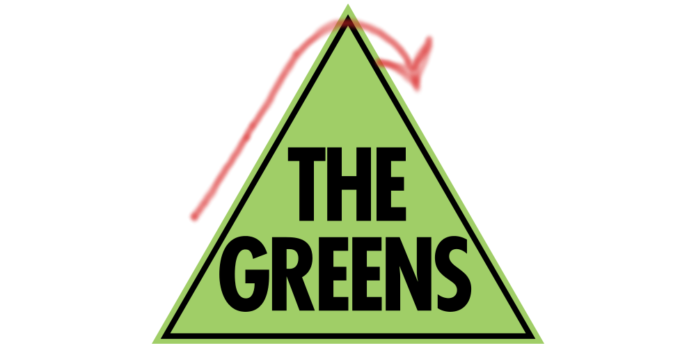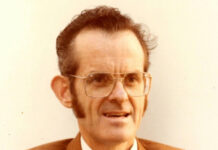A lot of attention has been given to the palpable feelings of dissatisfaction with Australia’s Labor and Liberal-National Coalition major parties, during this year’s 2 July election.
Prime Minister Malcolm Turnbull has only barely achieved the numbers required to form a majority government, and as for his continuing high level of dissatisfaction in the electorate, Australians have sent the PM a clear message: Turnbull; your leadership is on notice.
The electorate is also extremely unhappy with Labor. While opposition leader Bill Shorten bizarrely tried to spin his non-victory as some kind of win, Labor’s vote tanked to record lows.
With all of this drama with the major parties, and the attention drawn to some controversial new entrants into the parliament, the Greens seem to have disappeared in the election fog.
So what happened to the Greens? Like the other major parties, the Greens were also dealt a lower primary vote than the last election in 2013, a fact that has been give little media attention, and one that the Greens themselves would perhaps prefer to gloss over. In fact, the Greens vote in the Senate has tanked from around 13 percent in 2010, to 8 percent in thi s election.
s election.
The Greens vote in the Upper House has fallen in every state, except for Queensland, and they have already lost one seat, that of South Australian senator Robert Simms. They may, as the Senate count is completed, lose more.
The Greens have also failed to make further inroads into the Lower House. Adam Bandt remains the sole Green in the House, a seat he gained in 2010 thanks to Liberal Party preferences, another fact of history the Greens would prefer to consign to the ‘memory hole’.
This year, the Greens set out on a high profile campaign to unseat potential future Labor leader, Anthony Albanese, but failed dismally. And the Greens also succeeded in snatching defeat from the jaws of victory in the seat of Batman, where disgraced Labor member David Feeney was reamed through the media for failing to disclose his ownership of a $2.3 million investment property. To add insult to injury, Feeney’s tenants placarded the house’s front yard with posters supporting Greens candidate for Batman, Alex Bhathal. Yet the Greens still failed to win the unlosable contest.
So what is up with the Greens? Are they, like the Liberal and Labor majors suffering from electorate malaise? Or is there something else? The answer is probably a little of both.
Despite the Greens’ attempt to cast themselves as progressive and alternative, the reality is that their key constituents are rather mainstream, middle class inner city urbanites.
And while most people accept that human activity has have had some impact on the climate, the majority now reject climate change alarmism, the kind of fear-mongering which is the bread and butter of the Greens.
While the Greens like to appear as a party especially concerned with the environment, it has been made abundantly clear through their involvement in issues such as the ‘Safe Schools’ scandal that the Greens are at least as interested in social engineering (perhaps even more) as they are in preserving the environment.
The Australian public have reacted strongly against programs run in schools, moreover, without parental consent, which meddle in the gender and sexual development of children. Also, the Greens attempt to take the matter of same-sex marriage out of the hands of the people and ram it though parliament instead has also alienated many voters.
The Greens election failure in 2016 begs the question: Have we reached peak Greens?









